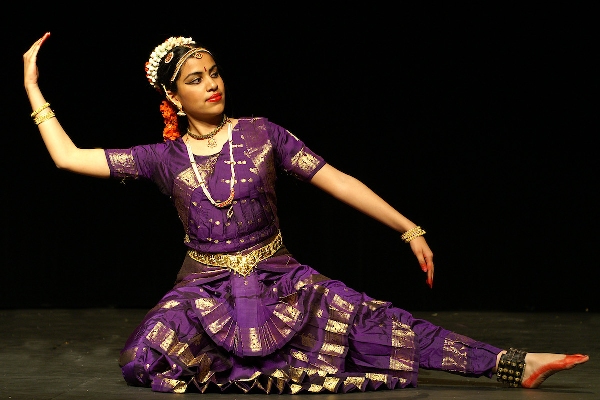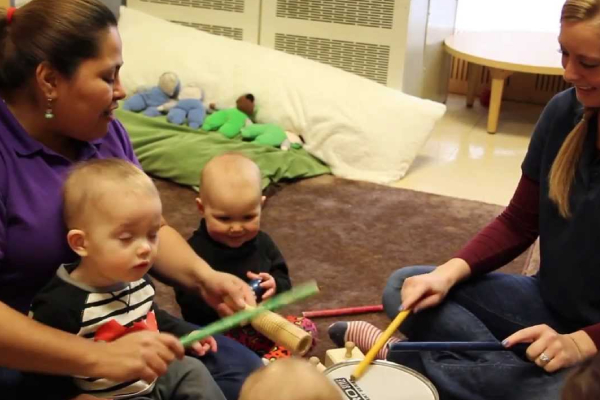As India enters its new century, there is a clear movement toward democratic and liberal ideas. Although there is no specific year in which India entered modernity, most scholars agree that the early 20th century is a reasonable starting point as it was at this point that the British began losing control of the country . Bharatanatyam is a contemporary version of Bharatan atyam.
The devadasi approach has disappointed modern Indians. They believe that girls should dance and dedicate their whole lives to the temple. They also believe that Bharatanatyam should be maintained in personal life and not as an exclusive occupation.
Bharatan atyam and the Devadasi system are antiquated compared to the progressive ideas that emerged during this period. Some Indian leaders have recognized the need for change in Bharatanatyam and are leading the revolution to secure its future.
The art of Bharatanatyam is rich in history and culture. It has been passed down for generations from teacher to student, with no written records left behind by its creators.
Bharatanatyam is a traditional Indian dance form that often takes inspiration from nature. It has many different forms, but most of the movement includes intricate hand gestures and footwork for rhythmic beats. The word means “dance in perfect time,” which is depicted by its emphasis on rhythm.
Bharatanatyam is one of India’s oldest classical dances with roots dating back 3000 years ago to ancient temple sculptures across Tamil Nadu region depicting women dancers (called “devadasis”). Bharataranaytmi or Dasi Atti Tirunal Dance Festival was celebrated all over south India during harvest season where farmers would thank goddess Lakshmi for their successful crops; they would bring offerings such as sugar cane, bananas
Smt.Geetha Saraswathy, the Guru of Geethalayam school of Bharatham in Chennai (https://geethalayam.com/) narrated the story behind today’s Bharatanatyam,
“Dr. Muthulakshmi Reddy, a doctor, freedom fighter and women’s rights activist, was dissatisfied with the Devadasi rule and demanded its end. Although she was not a dancer herself, she insisted that women should not be subjected to the Devadasi conditions to learn a beautiful art. Reddy worked tirelessly and was successful in introducing the Devadasi Abolition Act in the Legislative Council of Madras. If encouraged or coerced, they could face up to five years in prison.
Many of the law’s retroactive clauses allow former devadasis to give up their positions and enjoy the same rights as other Indian women, including the right to marry. Dr. Reddy’s struggle is the primary explanation for why there are more devadasis today.It has been transformed into an art form performed by Hindu gods and goddesses for entertainment, and is now a tolerant art form enjoyed by girls around the world”
She also add that “According to Krishna Iyer, a Brahmin lawyer, Bharatanatyam is not synonymous with caste, . Although Iyer was male, Bharatanatysam was a dancing experience that he said was difficult for society to respect.
.
Mr. Iyers Bharatanatyam was shared by Rukmini Devi, an activist of the Theosophical Society of the Arundale, who had no dance experience but learned and became an expert in this form. She used her aesthetic skills to enhance the beauty of dance performance by replacing unprofessional costumes with elaborate dance jewellery.
It restored the honour of the dancers by eliminating the romantic elements of Bharatan atyam from the songs of the colonial period of British India and replacing them with moral values”.
Bharatanatyam has evolved over centuries but its original purpose remains intact: use movement through storytelling, song-dance combos, hand gestures called mudras (meaning “to gesture”), poses known as adavus (“stances”) both single pose sambhaaraas – meaning “arranging”) for making compositions on various themes like mythological stories from Hindu epics; folk tales; literary classics






